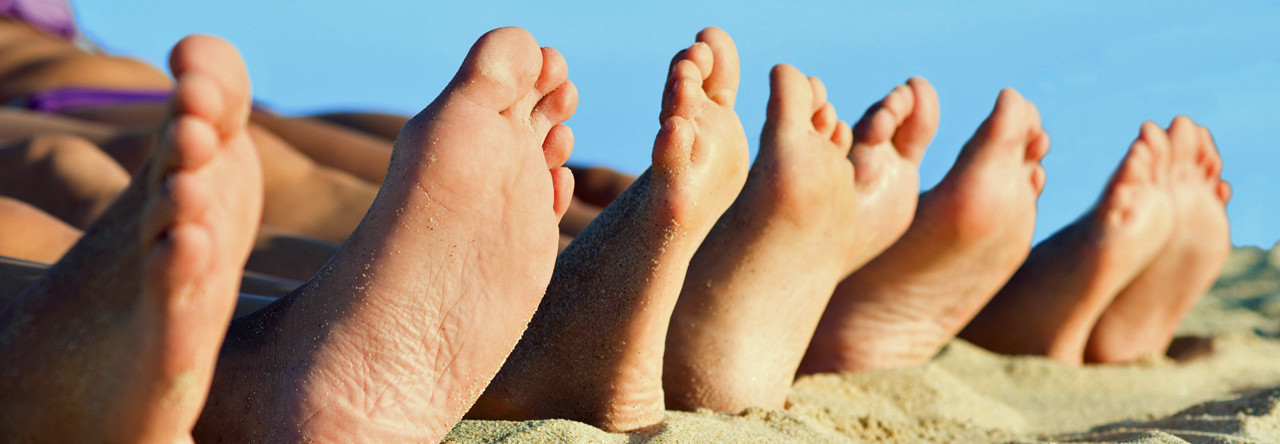Orthotic shoe devices are molded pieces of rubber, leather, metal, plastic, or other synthetic material that are inserted into a shoe. A foot pad or heel insert are considered an orthotic device, so is a custom molded, individually designed shoe insert or brace. Their purpose is to balance the foot in a neutral position, cushion the foot from excessive pounding and improving the overall function of the foot or ankle.
Custom-made orthotic devices may control pain if you have a specific problem, such as an unusual-shaped foot, or your foot rolls toward the arch (pronation). Custom-made orthotics are available by prescription. Insurance companies differ in how much of the cost they cover.
Some examples, are a wedge inserted into the inner side of the sole of a shoe can be used to help support a flatfoot, thus reducing the risk of tendinitis. An ankle-foot brace can help relieve the pain of rheumatoid arthritis in the heel or ankle. A heel flare can be used to increase support and help prevent ankle sprains. Heel cushions can help absorb impact and relieve stress on the heel and ankle when you walk or run.
Although custom orthoses are considerably more expensive than off-the-shelf devices, they last much longer and provide more support or correction. In some cases, however, an over-the-counter device can be just as effective, particularly when combined with a stretching and exercise program. Before investing in an expensive pair of custom-made orthotics, consider trying good-quality nonprescription orthotics. They can usually be found at drugstores, supermarkets, and sporting goods stores. You can test the effectiveness of several different devices without great expense, which may help you decide whether a more durable custom-made device would be helpful.
Orthotic Shoe Devices
Previous

Comments are closed.